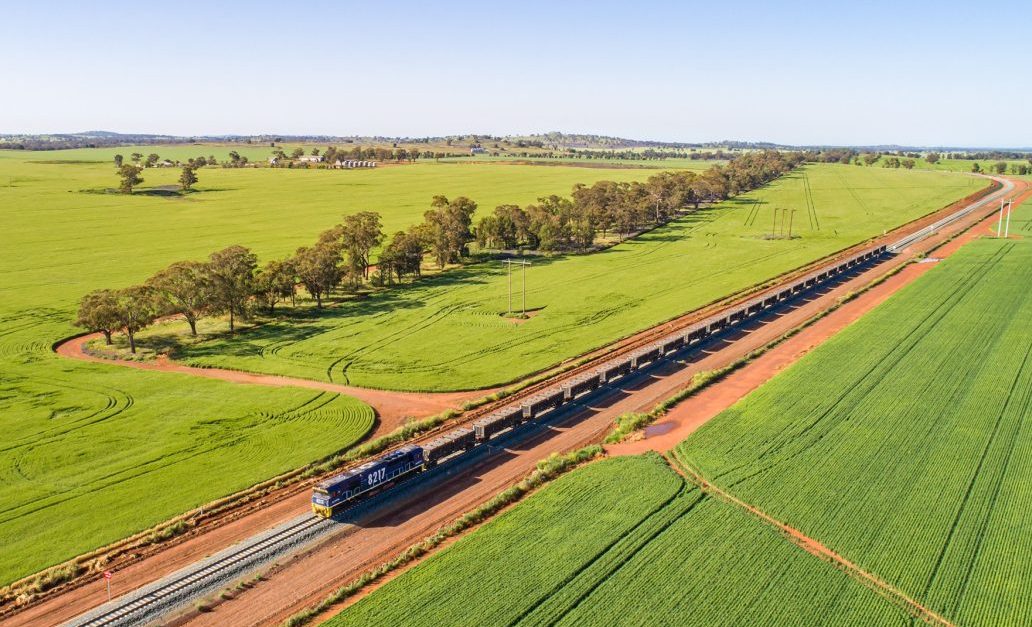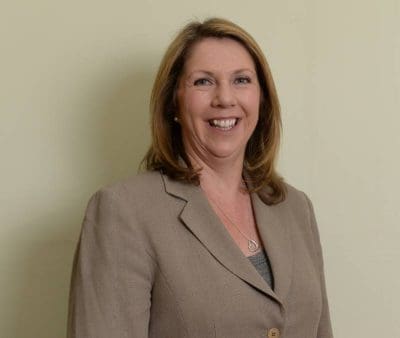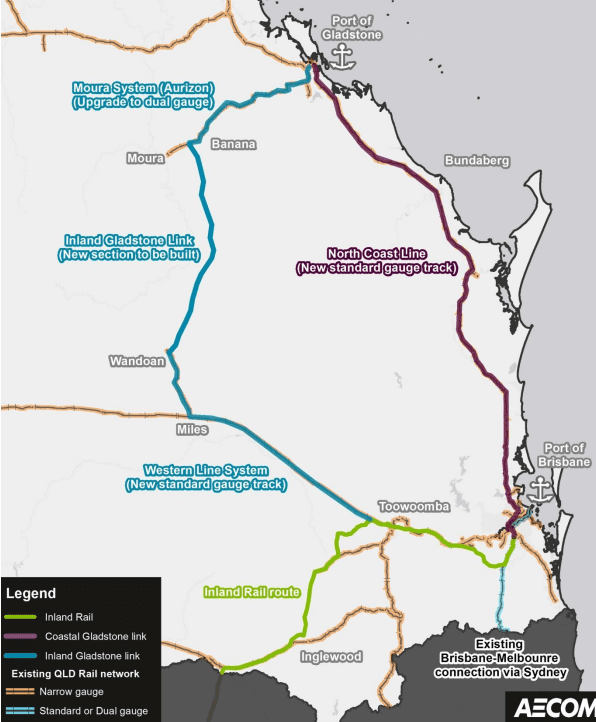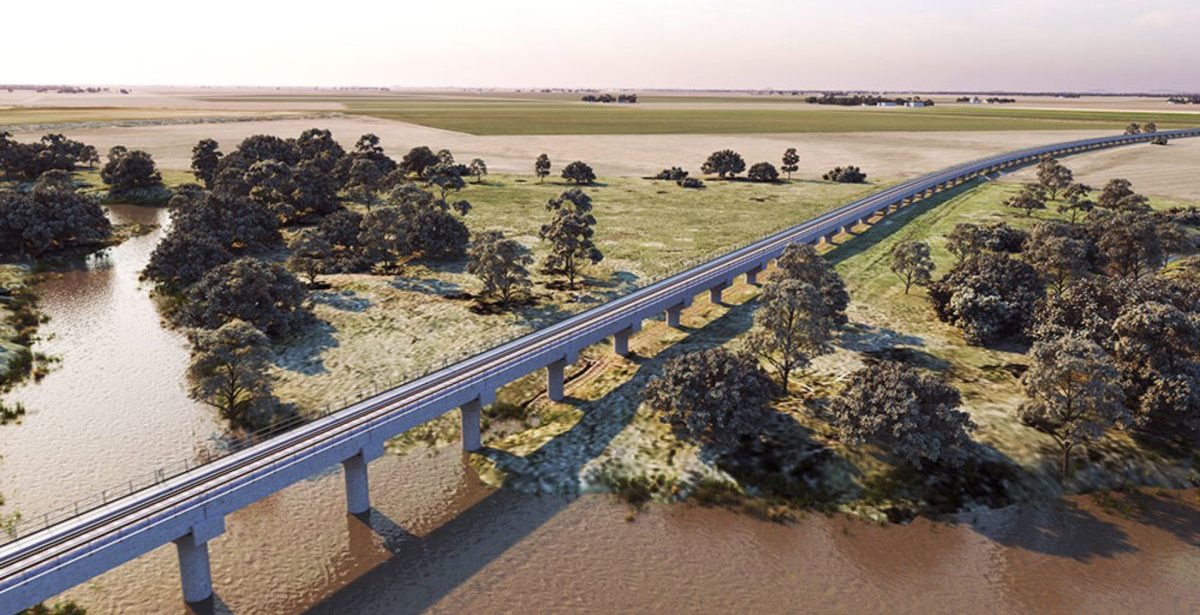
The Parkes-to-Narromine line is the only new section of the Inland Rail project to be completed. Photo: ARTC
ANOTHER review into the Inland Rail as well as another study into the proposed Gladstone line looks likely if the new Australian Labor Party (ALP) follows through with its pre-election commitment to re-examine the $15-billion project.
Over the past decade, the ALP has been highly critical of the project, attacking the lack of progress and cost overruns.
Delivered by the Australian Rail Track Corporation (ARTC), construction on the project commenced in 2018 and is estimated to be completed by 2027.
Currently, the only section of the 1700-kilometre rail project to be in operation is Parkes to Narromine in New South Wales, which joins on to the upgraded line to Melbourne.
Before the election, the ALP indicated it was supportive of the project, but believed the then Liberal Government was not adequately listening to the communities surrounding the Inland Rail route.
Earlier this year, the then ALP Shadow Minister for Infrastructure Catherine King told parliament that the project would be brought “back on track” with a change in government.
“Labor supports Inland Rail and recognises the benefits this nation-building project will bring to producers, businesses and communities along the route,” Ms King said.

Catherine King
“Indeed, it was the last Labor Government that invested $900 million to progress this project to the construction stage.
“Under the Morrison Government, this project has gone off the rails, with billion-dollar cost blowouts and continued uncertainty regarding the route – including port linkages – causing considerable concern within some communities.
“An Albanese Labor Government will do the hard work of getting this project back on track, closely guided by the recommendations of the senate inquiry into the project.
“This will include listening to farmers and communities concerned by the project’s potential impacts.”
At this stage and with a new cabinet yet to be announced, the ALP is standing behind these pre-election commitments.
Gladstone on the table
The ALP also indicated pre-election that it would initiate an enquiry to determine whether it was feasible to extend the route to Gladstone.
The Department of Infrastructure and Regional Development completed a prefeasibility study in 2020 looking into this possible extension to the project.
It found bringing the Inland Rail to Gladstone would create “marginal economic returns” with the significant costs not being outweighed by enough demand to make the section feasible.
However, the report conceded that if there was more demand for the line in the long term due to increased growth in rail freight and a sustained increase in coal prices, this could change the project’s viability.
Ms King said the ALP would continue the business cases into “extending the project to the Port of Gladstone”.
Answering questions at Rockhampton in January, Anthony Albanese backed Ms King’s comments, saying that he would support a full feasibility study.

The 2020 pre-feasibility study examined the case for extending the Inland Rail to the Port of Gladstone via Toowoomba. Photo: Australian Government
Everald Compton, the man considered the founding father of the Inland Rail concept, said creating a line to Gladstone would be both viable and lead to the growth of agriculture industries in north and central Queensland.
Mr Compton is the chair of a new organisation, Gladstone-Goondiwindi Railway Pty Ltd, which formed to lobby for this section, and said he planned to begin negotiating with the new government once its cabinet was sworn in.
He called the 2020 pre-feasibility study a “dud” and said it didn’t consider the option of running the line directly from Goondiwindi to Gladstone.
“If you go Goondiwindi direct to Miles and then to Wandoan, instead of going to Toowoomba and then heading out to Miles, you save four hours in travel time.
“You will get a lot of people in NSW who will send freight to Gladstone direct through Goondiwindi.
“They won’t send it long haul-through Toowoomba and pay for four hours of train time.
“There are all sorts of industries which will open up once this all happens.”
Mr Comptom said this section should coincide with the Nathan Dam project, proposed for construction near Nathan Gorge on the Dawson River, which could support the expansion of irrigated cropping in Central Queensland.
“I am pushing for the Nathan Dam to be opened at the same time as the railway, so we have plenty of water to expand the whole productivity of the country and get more bulk grain going out through Gladstone.”
This plan would remove the need for four rail sections from Gowrie to Acacia Ridge in south-east Queensland which would bring the project close, but not connected, to the Brisbane Port.
Mr Compton said the additional section would provide rail access to the Gladstone Port but also allow Darling Downs growers and bulk handlers to use the more efficient road transport.
“I want the rail to go to Toowoomba; I think it should stop there and Toowoomba becomes the freight centre for south-east Queensland.
“The goods would then go direct by truck without that double-handling to customers in Brisbane, Gold Coast, Sunshine Coast and Ipswich.”
Mr Compton said he has support from the Goondiwindi, Banana, Western Downs and Gladstone mayors who are also working to make this project a reality.
He said the organisation will undertake a new feasibility study to look at the viability of his proposal.
More alignment work needed
Mr Compton said while he believes there should be a rail line connecting NSW to Toowoomba, he is not supportive of the route chosen by ARTC.
He hopes an ALP review would investigate the deficiencies with the controversial Border to Gowrie (B2G) alignment.
“There will have to be changes because some of the places where they’re going, they are just destroying farms for no good reason, and where they haven’t taken into account the floodplain.
“There is some work to be done there, but that will not stop it from getting to Toowoomba.”
Vocal B2G alignment critics, Millmerran Rail Group (MRG), which was formed in 2016 to fight the current route, would be a part of any ALP Inland Rail review.
MRG chair and grain-grower Wes Judd said the organisation was supportive of a full and thorough review of the Inland Rail, but would want a future study to properly consult with landowners potentially impacted by the project.
“We are a supportive of a review and will cooperate with a review,” Mr Judd said.
“At the same time, we won’t be railroaded over and dismissed with our genuine concerns.”
Mr Judd said he is also supportive of Mr Compton’s push to extend the project to Gladstone.
He said the concept is a commonsense approach to tackling problems getting the line to the Brisbane Port.
“We want to put everything on the whiteboard and work out what is good for the regions and look at the future with a bit of vision.”

Visualisation of the proposed Condamine River floodplain crossing on the B2G line. Photo: ARTC
Further delay fears
Re-elected Liberal National Party Member for Groom Garth Hamilton, whose seat includes a section of the B2G line, said landholders want the project to move forward, not another review.
He said the B2G line has already been subject to seven studies and reviews, and another would further delay the project.
“I am deeply concerned that the delivery of Inland Rail is in jeopardy under Labor,” Mr Hamilton said.
“This project is of huge importance to my region, generating billions of dollars in investment and improving farmers access to market.
“What landholders need now is certainty, not another review.”
Grain Central: Get our free news straight to your inbox – Click here

Gladstone with a large intermodal facility close by has room for unlimited expansion.
Gladstone could handle ships of unlimited size .
Brisbane will always have a limit on the size of ships.
Garth Hamilton is just following the party line rather than logic. The Toowoomba locals do not want all the trouble from a train line that they gain very little from. Remember Toowoomba is 2 hours from the Port of Brisbane; they are too close to warrant using the train for goods. Two business cases were originally done on the line, neither of which could justify the expense of taking the line through a set of tunnels down the range to Brisbane. Neither case took the route across the two floodplains of Millmerran and Westbrook. This was done after the final case was submitted but, despite the huge new expenses, no new business case was requested.
Many routes have been considered and all have been rejected because the committees that were formed were overseen by the very people who did not want the line moved as will become obvious if there is an independent review of the alternative routes. The Gladstone route would be by far the most cost-effective use of resources and would also mean larger ships could be accommodated with expanded deepwater port capability, which Brisbane is not.
Taking the line to Gladstone is the most efficient economical use of our money . The Brisbane route causes too many expenses and upheaval to an already busy corridor. The tunnels required to take the train through the range are a huge logistical nightmare that they really can not justify. The business case for the track to Brisbane will not see any profit this century if all the coal in the country is transported on it due to bottle necking going up and down the range the numbers of trains required makes it impossible to turn a profit. A realignment of the track would also take it away from the Millmerran floodplain with its damming effect and potential for rebuilding after a rain event and would allow the builders to choose much a more firm section of subsoils which would ensure a longer-lasting line and less maintenance and downtime . A new route would also mean the climb and undulations through to Toowoomba could also be avoided meaning a lot less earthworks.